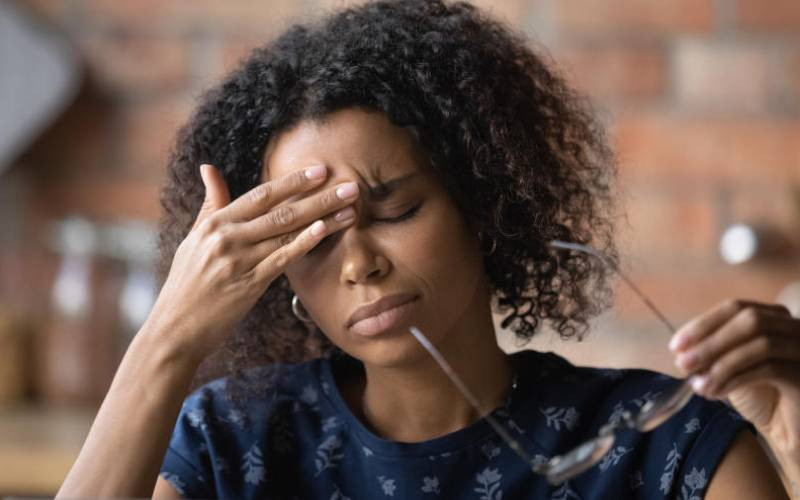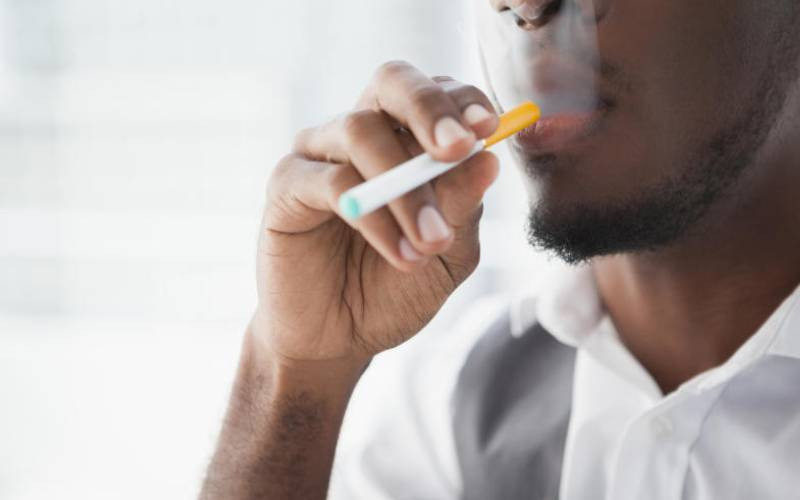
Angry? Sad? Can’t stop comfort eating? Your hormones could be to blame…
Tearful mood swings and acne are just for teenagers, right? So why are you still suffering?
Your hormones have a lot to answer for. In fact, fluctuating levels throughout your monthly cycle play havoc with how you look and feel.
"Which day you’re on in your menstrual cycle can reveal much about your behaviours," explains Gabrielle Lichterman, author of 28 Days: What Your Cycle Reveals About Your Love Life, Moods, And Potential.
"Research shows that the three key hormones that rise and fall during your cycle – oestrogen, progesterone and testosterone – can affect everything from your memory to food cravings."
Oestrogen is the female hormone that causes development in the reproductive organs; progesterone helps the womb prepare for pregnancy; and testosterone is a hormone primarily secreted by the testicles of males, but also in female ovaries.
Days 1-7 Oestrogen rises
Your monthly cycle starts with the first day of your period. Your body produces more of the hormone prostaglandin, which can cause sensitivity to pain – so it’s not the best time to go for a leg wax or have a filling done!
But once you get past the painful, tiring part of your period, rising levels of oestrogen will start to boost your energy, mood, optimism and brain skills.
"Rising oestrogen has a slight appetite-suppressing effect, too" explains Gabrielle. "This can make it a bit easier to eat smaller portions and opt for healthier foods throughout the first and second week of your cycle."
How to deal with the effects:
If you’re suffering from cramps, backache, headache or any other physical symptoms, take ibuprofen and/or paracetamol for the first day or two.
Your body is at risk from iron deficiency because you lose blood, so boost your intake with foods such as dark green leafy vegetables like watercress and curly kale, or consider taking a natural supplement like Floridax if you’re prone to anaemia.
Days 8-14 Oestrogen and testosterone rise until they peak
Oestrogen continues rising in week two, which is good news for your sense of well-being.
"You’re more likely to be upbeat and optimistic," says Gabrielle. High levels of the hormone trigger pain-masking endorphins, so it’s a good time to tackle uncomfortable things like breaking in new shoes.
It can also make you feel more confident about your looks, and boost attractiveness.
"There are subtle shifts in soft tissue that make your facial features slightly more symmetrical," says Gabrielle. Who knew?
Testosterone is also on the rise during week two. This can make you feel braver and more competitive, and boosts your libido. Plus, orgasms are easier to achieve and more intense at this time. However, it’s thought this testosterone spike produces more oil, which can clog your pores.
How to deal with the effects:
Mainly, enjoy them! This is a good week to socialise. You may have to wash your hair more if testosterone makes it greasy – and keep up your facial cleansing routine because it can take a week for clogged pores to produce spots.
Gabrielle says, "High oestrogen can increase anxiety, so you might stress out about small issues."
Days 15-22 Progesterone rises, oestrogen and testosterone drop for half the week, then oestrogen rises again
The rise in progesterone can make you sleepy and less likely to want to socialise. Your libido might be dampened, too, and you’re more likely to crave comfort foods.
"This hormone can make you feel a bit blue," says Gabrielle. Progesterone causes forgetfulness and inflammation in your skin – which traps dirt in our pores, and, you’ve guessed it, leads to spots!
Stress levels, which naturally fluctuate over the cycle, play a big part too.
"The stress hormone cortisol makes our skin produce more oil and, hey presto, more spots are likely," says naturopath Deborah Walker.
How to deal with the effects:
"Become disciplined in cleansing your face but not picking your spots, and use natural products with tea tree oil in them," says Deborah. "Make sure your diet is rich in fruit and vegetables and hydrate by drinking lots of water."
If you’re stressed, exercise. Weight training or cardio reduces cortisol levels – but don’t exercise for longer than 40 minutes or cortisol levels will
rise again.
Days 23-28 Oestrogen and progesterone plunge
Providing you’re not pregnant, this is when levels of oestrogen and progesterone will start falling, triggering your period.
In this premenstrual week, you’re more likely to feel moody, irritable, negative or on edge because the decrease in oestrogen depletes your brain of mood-boosting chemicals.
Your body may also retain water, so you could feel bloated, sleep badly and have low energy levels.
At this point in your cycle your body becomes more sensitive to the hormone insulin, so you will be prone to low blood sugar and might crave sweet foods.
All in all, this is not a good week for us ladies!
How to deal with the effects:
"This week, treating yourself to your favourite indulgences is actually medicinal," says Gabrielle. "When you take a bubble bath, watch a much-loved movie, go for a walk or do anything else you enjoy, it gives a temporary boost to those happiness-triggering brain chemicals, making you calmer and more upbeat."
 The Standard Group Plc is a multi-media organization with investments in media platforms spanning newspaper print
operations, television, radio broadcasting, digital and online services. The Standard Group is recognized as a
leading multi-media house in Kenya with a key influence in matters of national and international interest.
The Standard Group Plc is a multi-media organization with investments in media platforms spanning newspaper print
operations, television, radio broadcasting, digital and online services. The Standard Group is recognized as a
leading multi-media house in Kenya with a key influence in matters of national and international interest.










